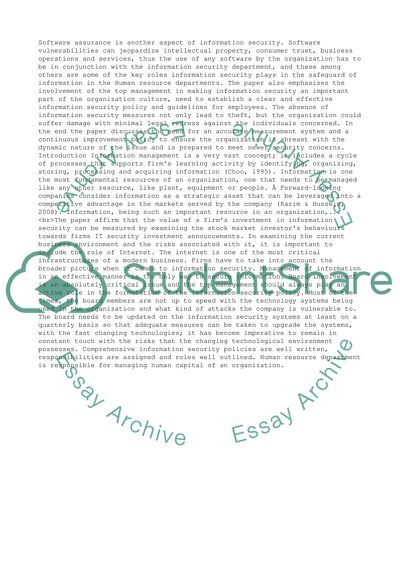Cite this document
(“The relation between IM, Information Security and HRM Essay”, n.d.)
Retrieved de https://studentshare.org/management/1392250-editing-an-article
Retrieved de https://studentshare.org/management/1392250-editing-an-article
(The Relation Between IM, Information Security and HRM Essay)
https://studentshare.org/management/1392250-editing-an-article.
https://studentshare.org/management/1392250-editing-an-article.
“The Relation Between IM, Information Security and HRM Essay”, n.d. https://studentshare.org/management/1392250-editing-an-article.


